News
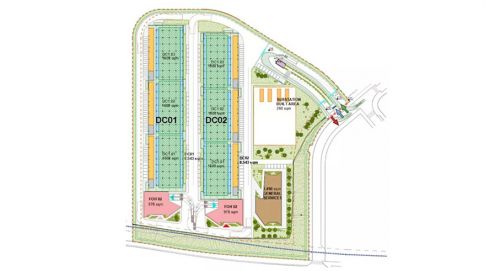
13/04/2023
Panattoni acquires 60,000 sqm land plot to build a data center
Panattoni acquires 60,000 sqm land plot to build a data center
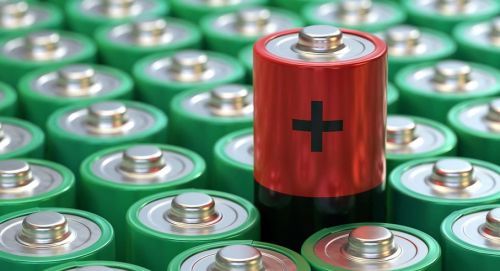
16/09/2021
Battery technology in the Barcelona Synchrotron Park environment
Battery technology in the Barcelona Synchrotron Park environment
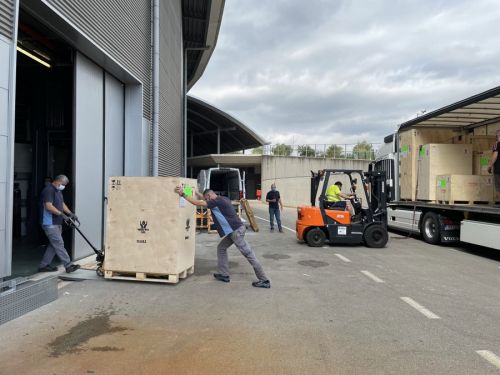
06/09/2021
Advances in the creation of a state-of-the-art microscopy platform at the Alba Synchrotron
Advances in the creation of a state-of-the-art microscopy platform at the Alba Synchrotron
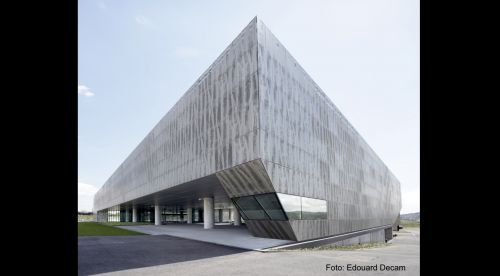
22/07/2021
IBM, the big blue of technology at the Barcelona Synchrotron Park
IBM, the big blue of technology at the Barcelona Synchrotron Park
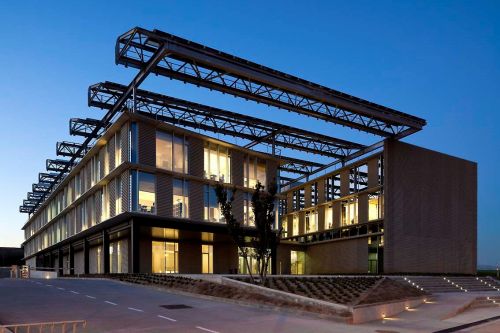
02/07/2021
SENER, cutting-edge engineering and technology in the Barcelona Synchrotron Park
SENER, cutting-edge engineering and technology in the Barcelona Synchrotron Park
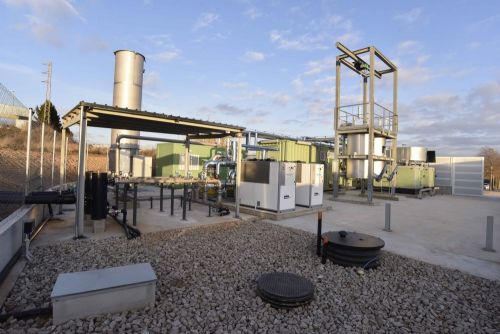
11/06/2021
Parc de l'Alba: first injection of landfill gas into the distribution network
Parc de l'Alba: first injection of landfill gas into the distribution network









